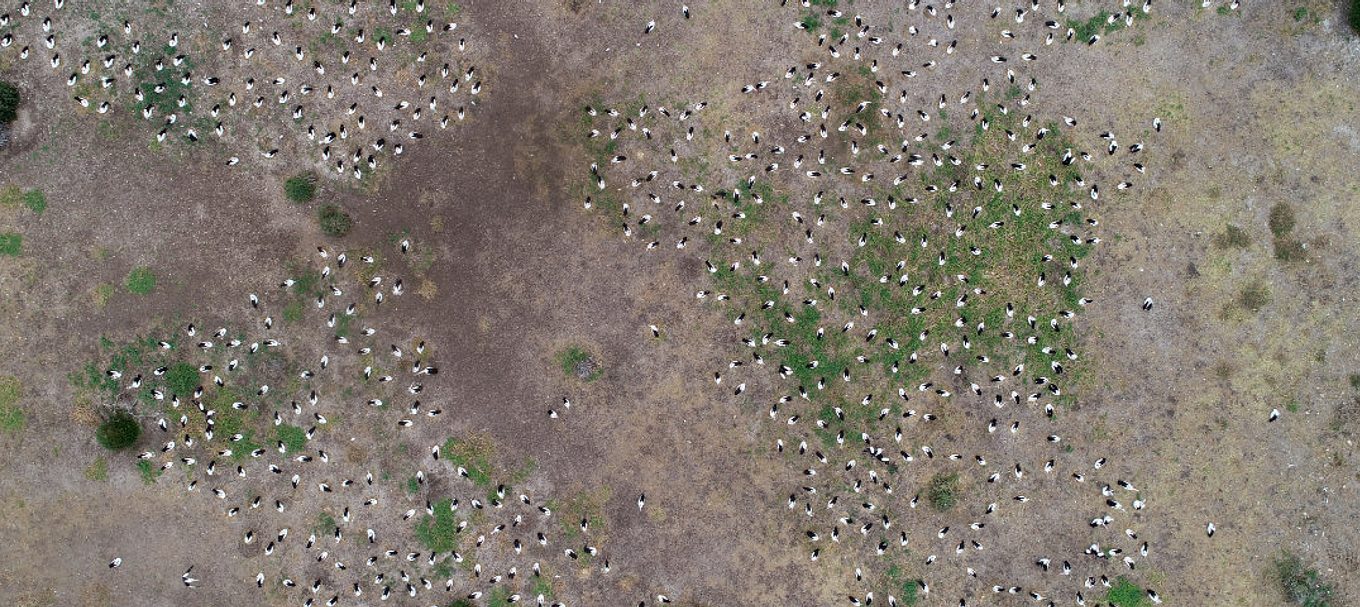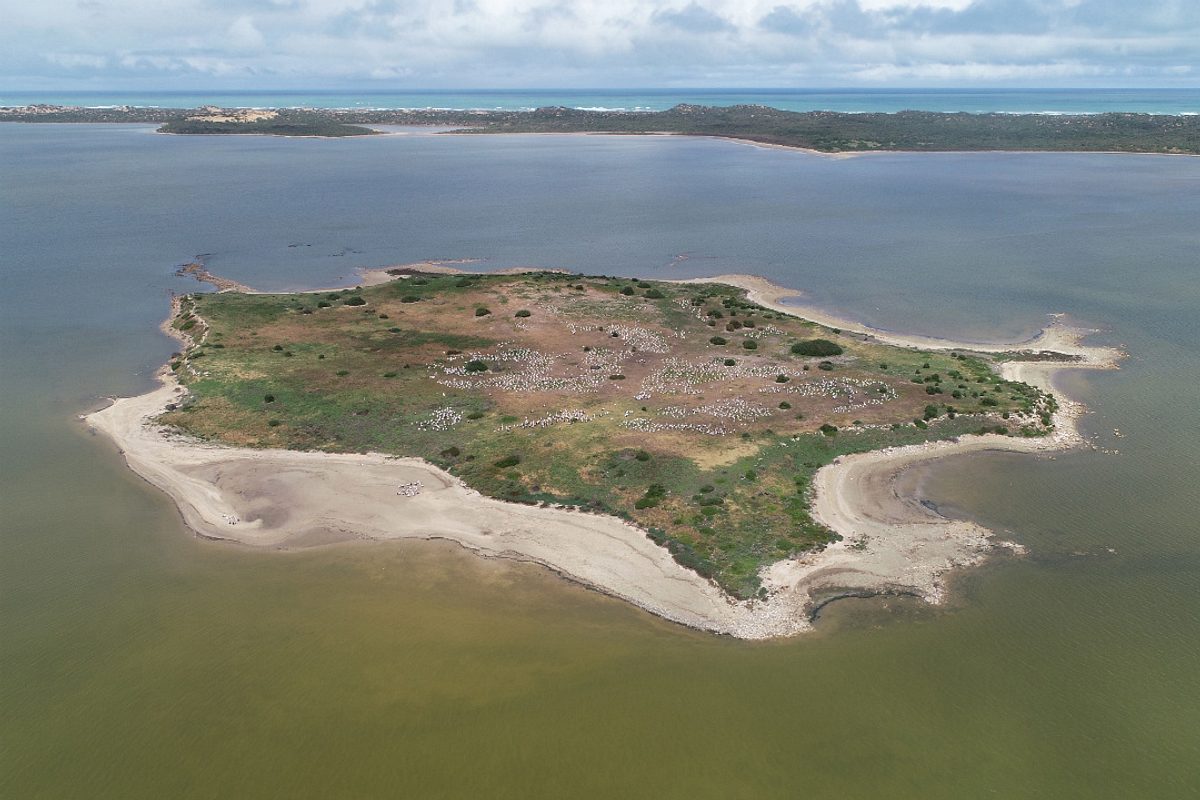
How innovative technology is helping us understand the Coorong’s birdlife
Thought drones were just something fun to play around with in the backyard or something professionals use to get great footage at a concert? Think again.
Drones are actually helping South Australian scientists learn more about breeding populations of many different types of bird-life, including the iconic Australian pelican.
Thanks to innovative drone monitoring technology, we’ve recently discovered Mr Percival and his pelican friends have been breeding in the Coorong South Lagoon in SA’s south east.
While the images are awesome, the most spectacular part of this discovery is what it means for the health of the Coorong.
Here’s everything you need to know, including where to go to see these majestic birds for yourself:
Why drones?
University of Adelaide ecologist Jarrod Hodgson has been using drones in the Coorong on a monthly basis since last spring, in an effort to better understand breeding behaviour.
Data captured by drones is typically more accurate and precise than counting individuals from the ground.
On top of that, drones can be a less invasive way of collecting bird-related data because they alleviate the need for monitoring teams to enter breeding colonies. This reduces the risk of disturbing adults and their chicks.
Drone-acquired imagery can also allow additional comparisons to be made with other environmental factors such as vegetation cover and terrain.
And of course, they take very cool photos! But remember, they require special permits to be used in national parks – more on that below.

Pelican breeding behaviour
Pelicans form breeding colonies on secluded islands or shorelines where they undertake unique courtship rituals.
It’s an amazing process – the male tries to win the female’s affection by swinging his bill from side to side or throwing small objects such as sticks and fish in the air.
After mating, the female pelican prepares the nest, which she digs into the ground with her bill and feet, and lines with vegetation, sticks or feathers. Within 3 days, egg-laying begins with clutches consisting of between one to four eggs.
So…pelicans are breeding, what’s the big deal?
With the drier conditions at the moment, it’s a positive sign that pelicans are continuing to breed. Not only is it great for the species, but the presence of breeding pelicans is an important indicator of the health of the Coorong.
Delivery of water for the environment has helped small-bodied fish to continue to thrive – which means there’s been plenty of food for Mr Percival and his friends.
Maintaining constant flows of water through the fishways at barrages along the River Murray to the sea has ensured fish can continue to move between fresh and salt water, and continue to breed.
Flows from upstream also enable the transport of invertebrates, which in turn provide a plentiful supply of food for a variety of species of fish.
In fact, a few years ago scientists recorded more than a million fish moving through the fishways in a 1-week period – that’s a lot of food for pelicans!
Where can I go to spot pelicans?
If you have an interest in birdlife, the Coorong is a fantastic place to visit because it supports a diverse range of birds, many of which migrate from the northern hemisphere to the Coorong to breed and replenish themselves during the spring and summer months.
A number of threatened and endangered bird species can also be found within the unique wetland habitats of the Coorong.
As this is a natural habitat, the birds come and go as they please. For your best chance of seeing a large array of species, it’s best to visit during spring.
As far as pelicans go, you can see them throughout Coorong National Park, but Jack Point is the best spot to see the bird’s breeding colony.
To get there from Adelaide, follow the Princes Highway south east for about 200 kilometres until you reach the Jack Point turn-off. From the carpark, it’s a 10-minute walk to the bird viewing area, which overlooks a cluster of small islands where pelicans, terns and seagulls establish breeding colonies. Remember to bring your binoculars!
Using drones in SA’s national parks
It is an offense to fly drones in SA’s national parks, reserves and marine park restricted access zones without a permit. Permits are considered for scientific research and commercial filming. Check the National Parks SA website for more information about drone use.
Monitoring by The University of Adelaide was funded through The Living Murray program. The Living Murray is a joint initiative funded by the New South Wales, Victorian, South Australian, Australian Capital Territory and Commonwealth governments, coordinated by the Murray Darling Basin Authority.
If you’re interested in learning more about visiting the Coorong, read our stories: Ranger Tips: Coorong National Park and How to spend a day in Coorong National Park.





